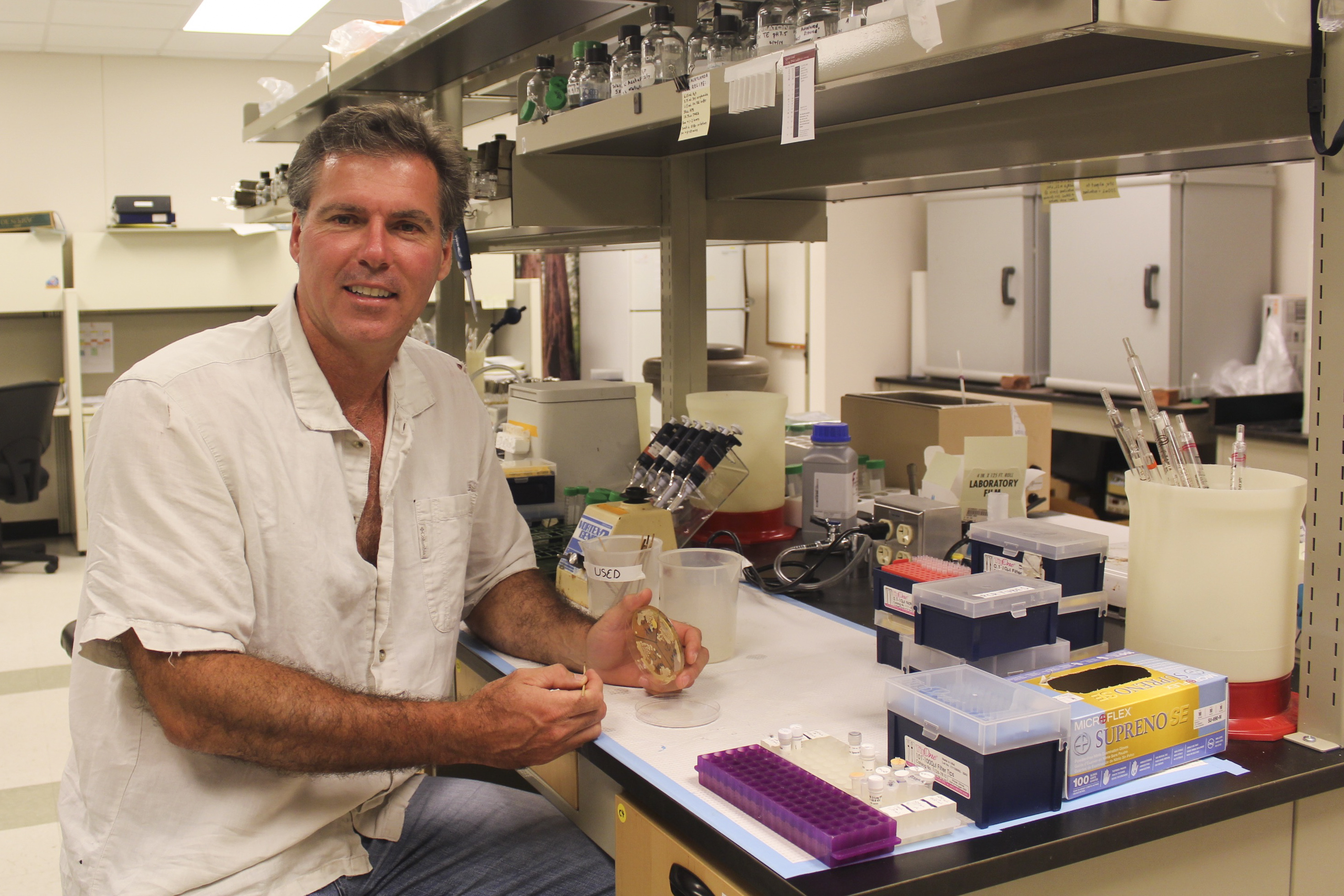
c/o Leila Etemad, Contributing Writer
Sometimes, genes dance with each other. Associate Professor of Molecular Biology and Biochemistry Michael A. McAlear and his student researchers found that certain pairs of genes turn off and on together, essentially “dancing” with each other.
McAlear was the first in his field to discover a set of 200 previously uncharacterized genes in eukaryotic yeast cells that turned out to be vital for making ribosomes, the protein manufacturers of the cell. Fascinatingly, McAlear and the students discovered that of these 200 newly identified genes, 30 were placed on the chromosomes as adjacent pairs. These gene pairs were turned off and on at the same time, no matter how they were oriented (facing towards each other, away from each other, or in the same direction). In essence, the lab found that these adjacent gene pairs were communicating with one another.
How was this conclusion drawn? When the DNA sequence controlling gene A of a pair was mutated—thereby shutting down the gene—the same effect was seen on gene B. However, if the gene pair was first separated and the mutation was applied, then gene B was not affected.
Why would mother nature make gene pairs that are turned on and off at the same time?
“It’s as if our lab conducted a large search on a group of Wesleyan students and found 100 football players,” McAlear said. “Out of these 100 football players, we found 16 living together in doubles. The coach had these 16 football players living together so that when games or practices came around, the coach would only have to call one of the roommates.”
Essentially, pairing related genes together makes the system more efficient because only one gene in the pair has to be activated at a time.
It gets even more exciting. The lab examined a different set of 130 genes that code for ribosomal proteins and found adjacent gene pairs communicating in that gene set as well. Similar gene pairings have been found in mammals, including humans, suggesting that our gene pairs are communicating as well.
One might wonder how they figured out that genes communicate in this way. How did he delete, insert, swap, and move genes to different parts of the genome to carry out his experiments? McAlear has some very nifty genetic tools in his toolbox, such as dellito–perffeto and CRISPR. These are gene-editing technologies that have worked to redefine the boundaries of what is possible in molecular biology.
Dellito-perffeto, which means “perfect murder” in Italian, inserts new gene sequences into the yeast genome without leaving any foreign DNA behind (without leaving any fingerprints). This operation relies on the yeast cells’ tendency to incorporate loose pieces of DNA into the genome during homologous recombination (a step of DNA rearrangement in meiosis). The first step involves inserting a placeholder gene with markers at each of its ends. These markers are complementary to the area of the genome in which the scientist desires to insert the gene. Then, yeast cells expressing the placeholder are selected. Finally, during homologous recombination, the placeholder is swapped out for the gene a biologist desires to express. The McAlear lab has used dellito-perffeto to disrupt gene pairs by inserting a gene between two pairs of genes or moving one gene (of a gene pair) to another location. The McAlear lab is constantly asking how these types of gene manipulations affect communication between gene pairs.
Some would argue the new CRISPR technology is far more advanced than dellito-perffeto because CRISPR can target a very specific segment of DNA and change it one nucleotide at a time. This is like changing one letter in a giant manuscript. CRISPR uses RNA to guide a protein to a specific sequence of DNA where the protein deletes that sequence. A scientist can delete the entire sequence, or exchange the original DNA with a new sequence. This technique has proved very effective in the McAlear lab, allowing the researchers to swap out DNA pieces to observe the ramifications on gene pair communication.
Dellito-perffeto and CRISPR have opened opportunities for endless experiments through different manipulations of gene pairs for McAlear’s research. In the future, McAlear will continue to investigate which adjacent genes are paired and co-regulated, as well as pairing genes together that aren’t normally paired together to see if rerouting the signaling network of the yeast cell is possible. The McAlear lab has shed light on how yeast gene pair regulation functions and will continue to enlighten our understanding of how these versatile gene pairs, dancing to the same beat, came to be.
Leila Etemad can be reached at letemad@wesleyan.edu.